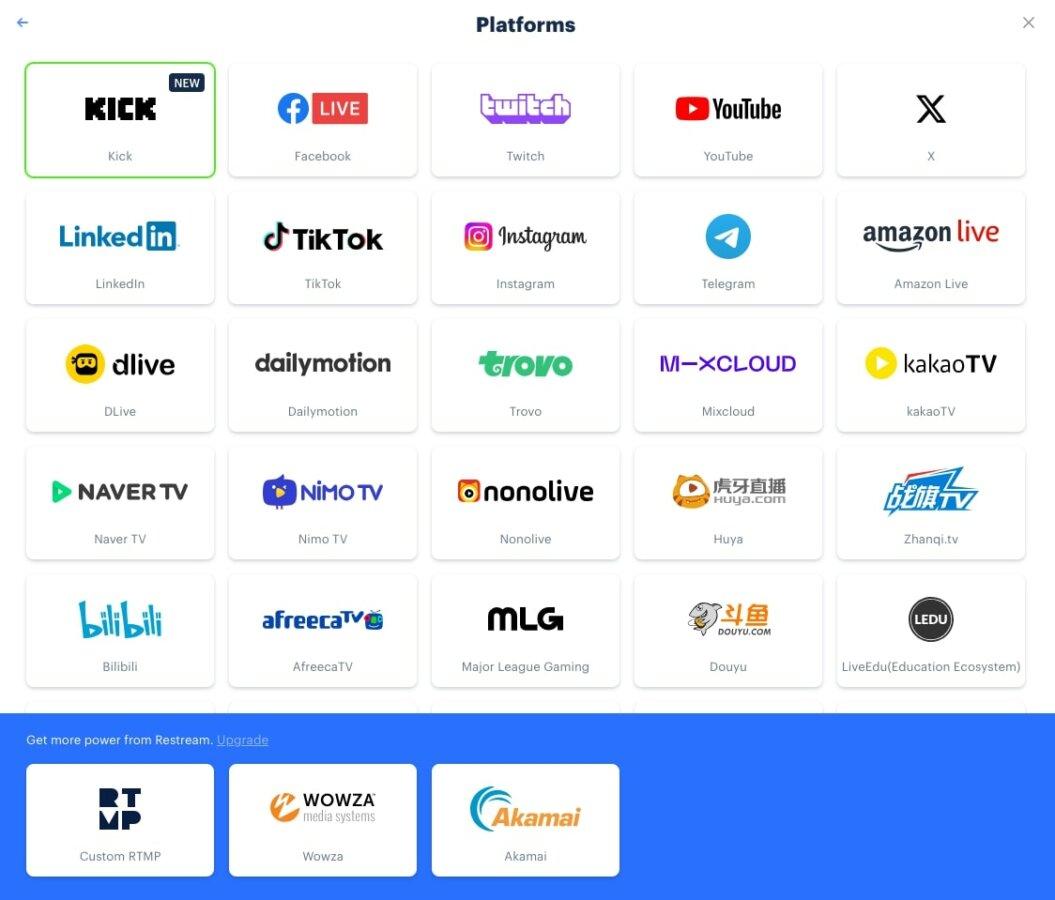As streaming platforms continue to dominate the entertainment landscape, their influence extends to audiences of all ages, including young children. With an ever-growing library of kid-friendly content, these platforms face the critical responsibility of ensuring that their offerings are both appropriate and safe for young viewers. This article delves into the mechanisms and strategies employed by streaming services to monitor and regulate content aimed at children. By examining the current practices, industry standards, and potential gaps in oversight, we seek to understand whether these platforms are adequately safeguarding their youngest audiences, or if further measures are necessary to protect impressionable minds in the digital age.
Evaluating Monitoring Mechanisms in Kid-Friendly Streaming Content
Streaming platforms often employ a variety of mechanisms to ensure the suitability of content for young audiences. Parental controls are a common feature, allowing guardians to restrict access based on age ratings. These controls can include options to block specific shows or set viewing time limits. Additionally, many platforms utilize content categorization algorithms that automatically tag and filter content based on its themes and language. This automated system aims to ensure that children are exposed only to age-appropriate material.
However, the effectiveness of these mechanisms can vary significantly. Some platforms rely heavily on user-reported feedback to flag inappropriate content, which can lead to delays in addressing issues. Furthermore, the accuracy of algorithms in identifying and categorizing content is not always foolproof, raising questions about their reliability. Human oversight remains a crucial component, as it provides a nuanced understanding that algorithms may lack. Ultimately, the success of these monitoring efforts depends on the platform’s commitment to regular updates and improvements in their content evaluation processes.

Assessing Parental Controls and Their Effectiveness
When evaluating the effectiveness of parental controls on streaming platforms, several key factors come into play. Customizability is paramount, as it allows parents to tailor restrictions according to their child’s age and maturity level. Platforms offering granular control over content categories and individual titles empower guardians to create a safe viewing environment. However, the implementation of these controls varies widely across services, raising questions about consistency and reliability.
Challenges in assessing effectiveness include:
- Content Categorization: Are movies and shows accurately labeled according to age-appropriate guidelines?
- Ease of Use: Can parents easily navigate and configure settings without technical hurdles?
- Regular Updates: How frequently are parental controls and content ratings reviewed and updated?
Ultimately, the true measure of effectiveness lies in whether these controls can successfully shield young viewers from inappropriate content while allowing them to enjoy a rich array of suitable programming. Continuous monitoring and refinement are essential for platforms to maintain the trust of parents and guardians.

Content Review Processes: Are They Sufficiently Robust?
When it comes to evaluating the robustness of content review processes on streaming platforms, several key factors come into play. Algorithms and AI are often at the forefront, automatically scanning and categorizing content based on language, themes, and visual cues. While these technologies are efficient, they may not fully grasp the nuances that differentiate appropriate from inappropriate material. Human oversight, though more costly and time-consuming, is crucial for providing context and sensitivity that algorithms might miss.
- Quality Control: How often is content manually reviewed after initial AI assessment?
- Feedback Loops: Are there mechanisms for parents and guardians to report inappropriate content easily?
- Regular Updates: How frequently are guidelines and algorithms updated to reflect new cultural norms and sensitivities?
These considerations highlight the need for a balanced approach that combines technology with human judgment. Streaming platforms must continually adapt their strategies to ensure that kid-friendly content remains genuinely safe and suitable for younger audiences.

Recommendations for Enhancing Child Safety on Streaming Platforms
Ensuring the safety of children on streaming platforms requires a multifaceted approach that includes technological measures, parental involvement, and industry standards. Here are some key recommendations:
- Enhanced Parental Controls: Platforms should provide robust parental control features that are easy to navigate and customize. This includes options for setting viewing time limits, restricting content by age ratings, and monitoring viewing history.
- Regular Content Audits: Streaming services must conduct regular audits of their kid-friendly content to ensure it aligns with the intended age group and is free from inappropriate material. This can be achieved through a combination of AI technology and human oversight.
- Clear Content Ratings: Implementing a standardized and transparent content rating system can help parents make informed decisions about what their children watch. Ratings should be prominently displayed and easily accessible.
- Feedback Mechanisms: Establishing a system for parents to report inappropriate content can help platforms quickly address and rectify issues. This feedback loop should be straightforward and responsive.
By integrating these strategies, streaming platforms can significantly improve the safety and suitability of their offerings for younger audiences.



